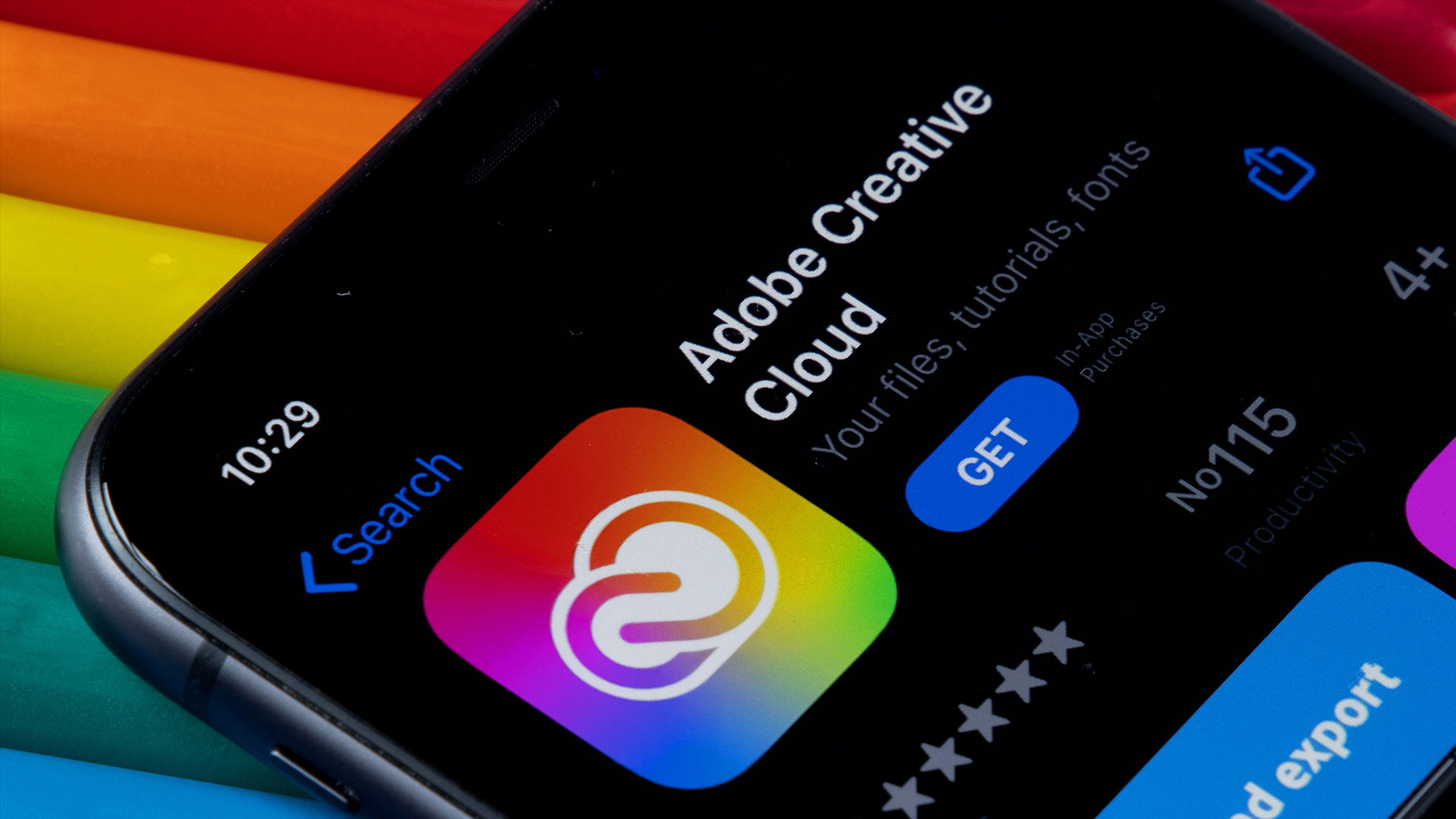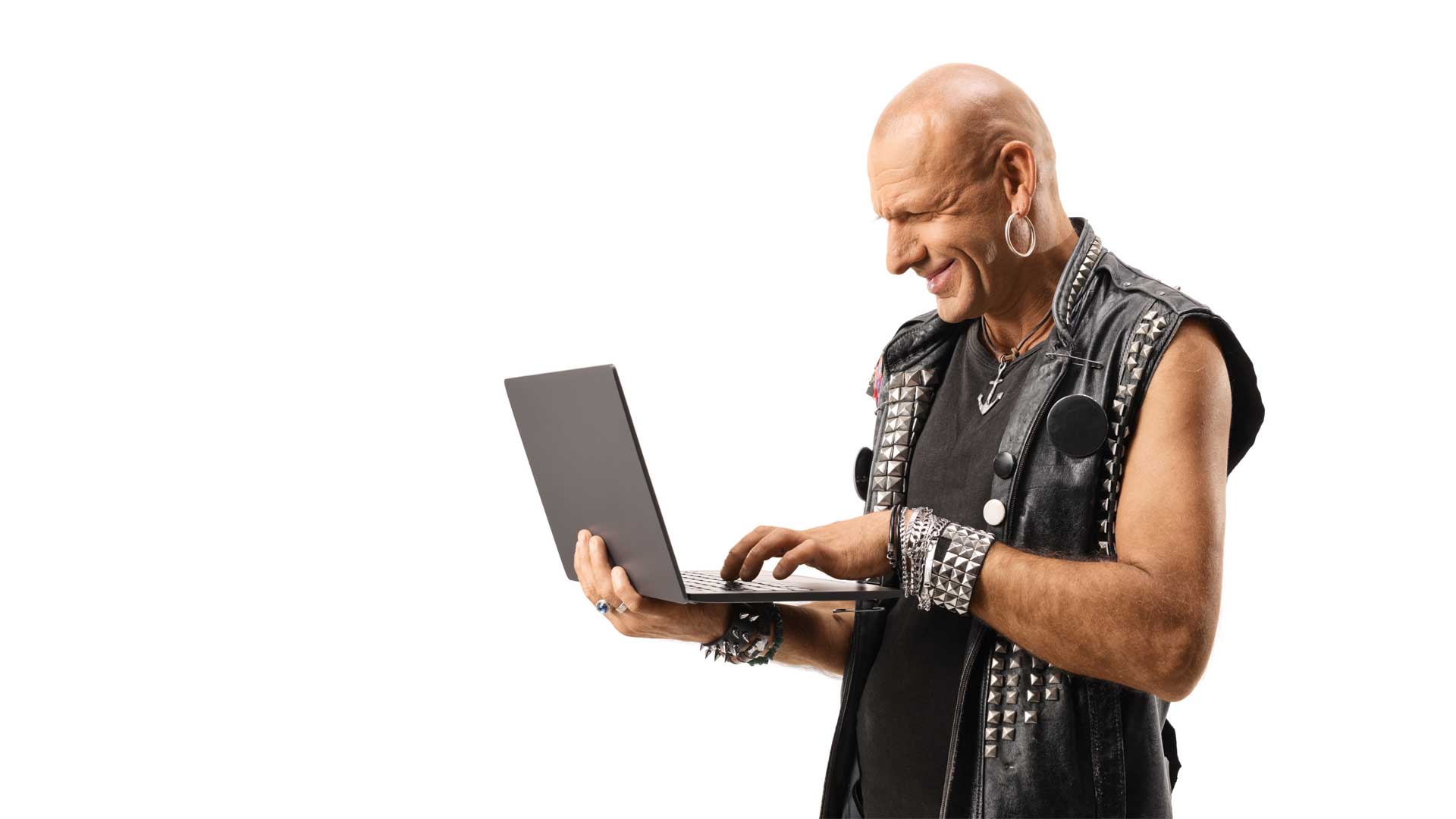How much does a website cost?
If you are a startup or small business, the need for a website is obvious but how much should you pay to get your business online?
In this blog, I will outline the known costs involved with buying a website design and also highlight some avoidable mistakes.
It starts with your domain name.
The vital www. bit that will identify your business online and define your brand.
As much as possible, try to keep your domain name short, memorable and easy to spell! Remember that your first choice of name may not be available so you need to be flexible. It can be beneficial to purchase both the .com and .co.uk versions if they are for sale but just the .co.uk version is a good place to start. .net, .biz etc are also options if your first choice is not available.
The average price for a .co.uk is around £8.00 to £10.00, with the more popular .com version costing in the region of £15 -£20.
At this point, you will simply own the domain. This is not a website!
Before purchase, check the hosting packages on offer from the registrant to see if you will have the option to transfer the domain if you should need to or if the hosting packages suit your intentions for the website are. A good starting point is UK based provider I use, called Fasthosts.
This brings us nicely onto hosting for your website.
Sometimes referred to as ‘parking’, your domain needs to be attached to a hosting package in order to create your site.
Typically, charges are made monthly or yearly and can start from around £90 a year depending on the services you require.
The hosting package should also provide you with your email servers.
I would also highly recommend that your website includes SSL. This is the Secure hosting that gives your website the small padlock in the search bar. SSL can help with Google search and provide confidence to your visitors, even if you don’t sell products on your website. Costs for SSL are in the region of about £75 per annum but again, check before hitting the buy button.
So that’s the basics sorted out and you are now ready to find a designer or maybe create your own design.
A good starting point is to decide what the purpose of your website will be.
Do you just need an online presence, are you looking to sell products and services or do you need to communicate to your team?
The purpose of your website can greatly affect the costs of design.
A straightforward brochure-style website which is usually four or five pages, would typically cost £500 to £800 for a one-off design and build. Static, evergreen content giving your business an online presence would be the way to go.
If you need something a little more dynamic that you can edit yourself, consider using a Content Management System such as the increasingly popular, WordPress.
I will add more blogs about WordPress soon, but in a nutshell, it’s a free, open-source platform for blogging and supporting web designers. You are reading this blog on WordPress and most blogs are built on it today.
As I have mentioned, WordPress is free, so make sure you are not charged for it!
However, if you don’t have the time or the patience to learn web building software, you will need to employ a designer!
Most reputable designers know how to extract the best from WordPress to deliver a fantastic website and which plugins and add-ons your website can utilise.
Content is king!
To keep costs in control, consider creating your own content. Write the copy yourself. You obviously know everything there is to know about your business idea, so you are the best person to write about it! The same applies to your photography and images.
Your web designer will be delighted to receive as much content as possible!
Again, if you are not a writer or the next hotshot photographer, factor the cost of content creation into your budget. Research about your business will take time and cost money!
Which conveniently leads us to e-commerce websites and regularly updated content.
By definition, e-commerce websites are time-consuming and adding a 100 strong product range with individual shipping costs etc takes time!
Most designers will charge a monthly fee to manage your web-shop or a high setup fee if you want to update it yourself. At this stage, consider the return on your investment.
It’s difficult to put a price on e-commerce websites but you want to be thinking in the four-figure area!
So there you are the basic costs to getting your business online.
It is worth remembering that by nature, websites are never truly in a finished state. Technology and trends change all of the time and it is important to keep your website fresh with regular content and images.
In summary, the process of establishing your website does not need to be expensive and it is best to set your budget in advance and make sure that you get the biggest bang for your buck. It’s definitely worth spending some time researching the options available to you.
Domain name and hosting: approximately £100 per year
SSL Certificates: approximately £75 per year
Website Design: Your budget depends.







